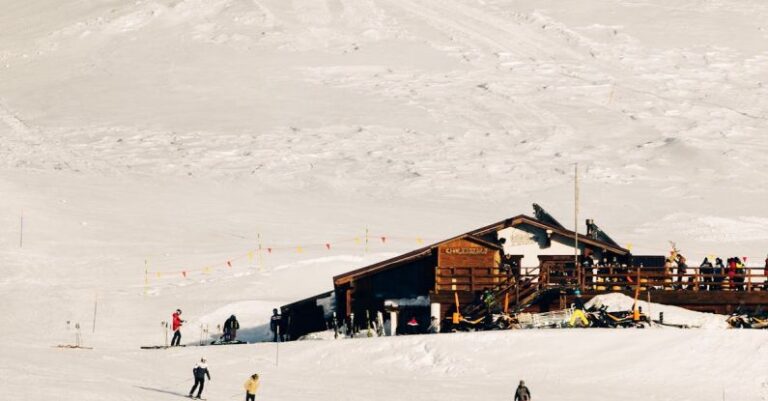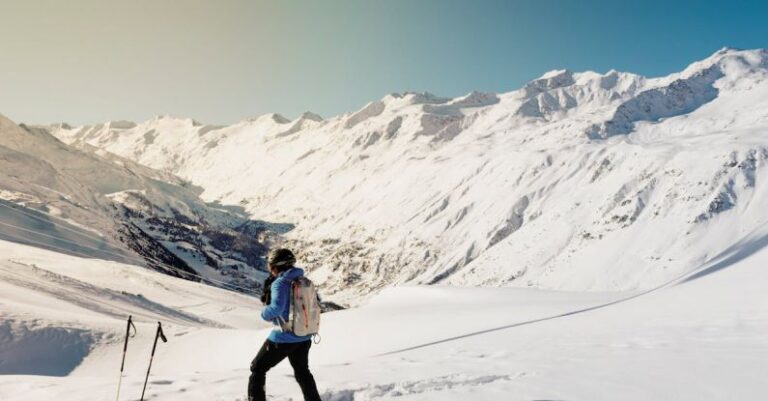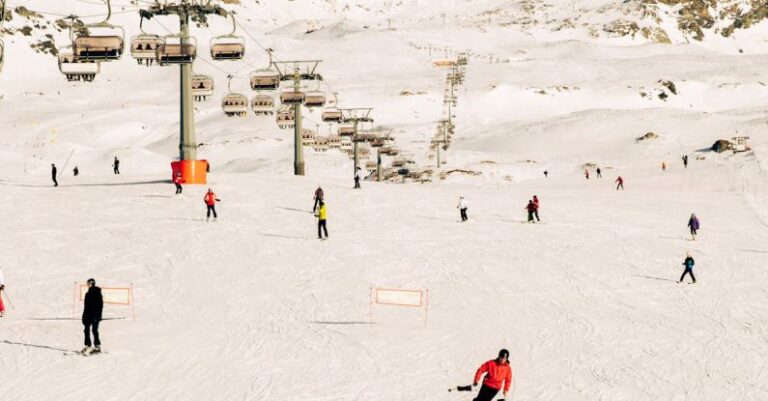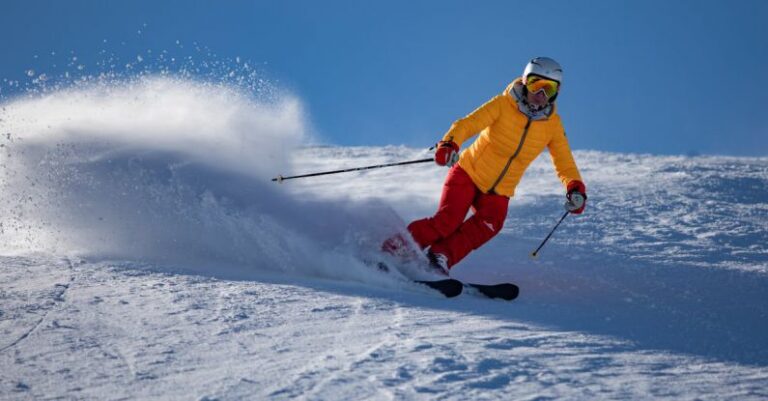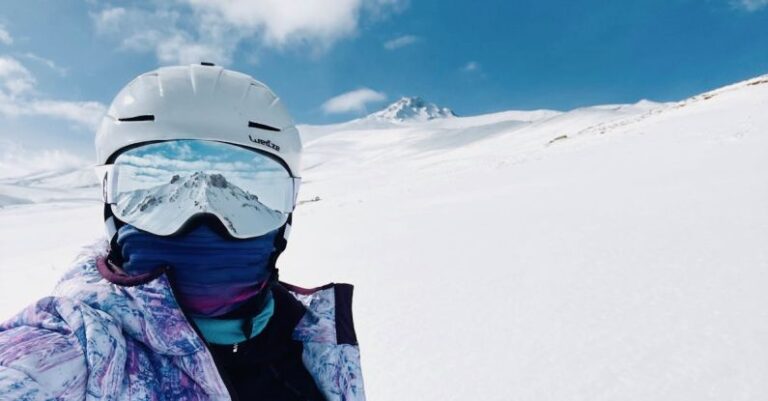
Traversing through the breathtaking snowy landscapes, the possibility of an avalanche is a constant threat for those who venture into the backcountry. While the thought of being caught in such a powerful natural disaster can be terrifying, knowing how to stay calm during an avalanche can make all the difference in increasing your chances of survival. In this article, we will explore some essential tips and strategies to help you maintain composure and make informed decisions if you ever find yourself in the midst of an avalanche.
Recognizing the Signs
Before delving into how to stay calm during an avalanche, it is crucial to understand the signs that indicate the potential occurrence of an avalanche. One of the key indicators is the sound of a low rumbling or cracking noise, which signals that the snowpack is unstable and could release at any moment. Additionally, visible cracks in the snow surface, known as “crevasse,” and recent snowfall or rapid temperature changes can also heighten the risk of an avalanche. By being aware of these warning signs, you can better prepare yourself mentally and physically for any impending danger.
Maintaining a Clear Mindset
In the face of an avalanche, maintaining a clear and focused mindset is paramount. Panic and fear can cloud your judgment and hinder your ability to make rational decisions. Instead of giving in to overwhelming emotions, try to stay as calm as possible by taking deep breaths and reminding yourself to stay present in the moment. By staying composed, you can think more clearly and act decisively to increase your chances of survival.
Creating Space for Survival
If you find yourself caught in an avalanche, creating space around you can significantly improve your chances of survival. As the snow rushes down the mountainside, try to move to the side or behind any obstacles such as trees or rocks that can provide a buffer against the force of the avalanche. By creating this space, you reduce the risk of being buried completely and increase the likelihood of being found by rescuers.
Swimming to Stay on Top
As the avalanche engulfs you, one crucial technique to remember is to “swim” to stay on top of the moving snow. By making swimming motions with your arms and legs, you can prevent yourself from sinking deeper into the snowpack and increase your chances of remaining on the surface. This technique can help you stay afloat until the avalanche slows down and eventually comes to a stop.
Breathing and Creating Air Pockets
Being buried under the snow during an avalanche can be a terrifying experience, but knowing how to create air pockets can make a life-saving difference. As the avalanche settles, try to create a breathing space around your face by cupping your hands in front of your mouth. This simple action can help prevent suffocation and buy you valuable time until rescuers arrive to dig you out.
Staying Positive and Hopeful
In the aftermath of an avalanche, it is essential to stay positive and hopeful for a successful rescue. Instead of succumbing to despair, focus on conserving your energy and staying warm by moving your body and rubbing your extremities. Remember that rescuers are trained to locate and assist avalanche victims, and maintaining a positive mindset can help you endure the ordeal until help arrives.
Adapting to Changing Circumstances
During an avalanche, circumstances can change rapidly, requiring you to adapt and make quick decisions to ensure your safety. If you are buried under the snow, try to remain calm and conserve your energy by breathing slowly and deeply. Use any available tools, such as a whistle or a phone, to signal your location to rescuers. Remember that every action you take, no matter how small, can make a significant difference in the outcome of the situation.
Conclusion: Finding Strength in Resilience
In the face of an avalanche, finding strength in resilience can be your greatest asset. By staying calm, maintaining a clear mindset, and employing survival techniques, you can increase your chances of surviving this powerful natural disaster. Remember that preparation and awareness are key to staying safe in avalanche-prone terrain. While the threat of an avalanche is ever-present, knowing how to stay calm and act decisively can make all the difference in ensuring your survival.
